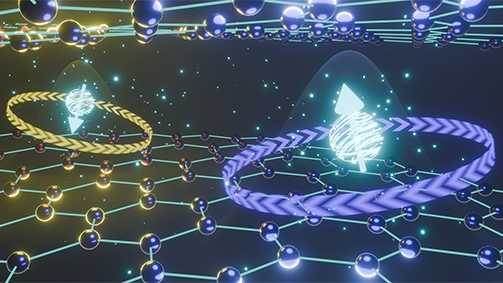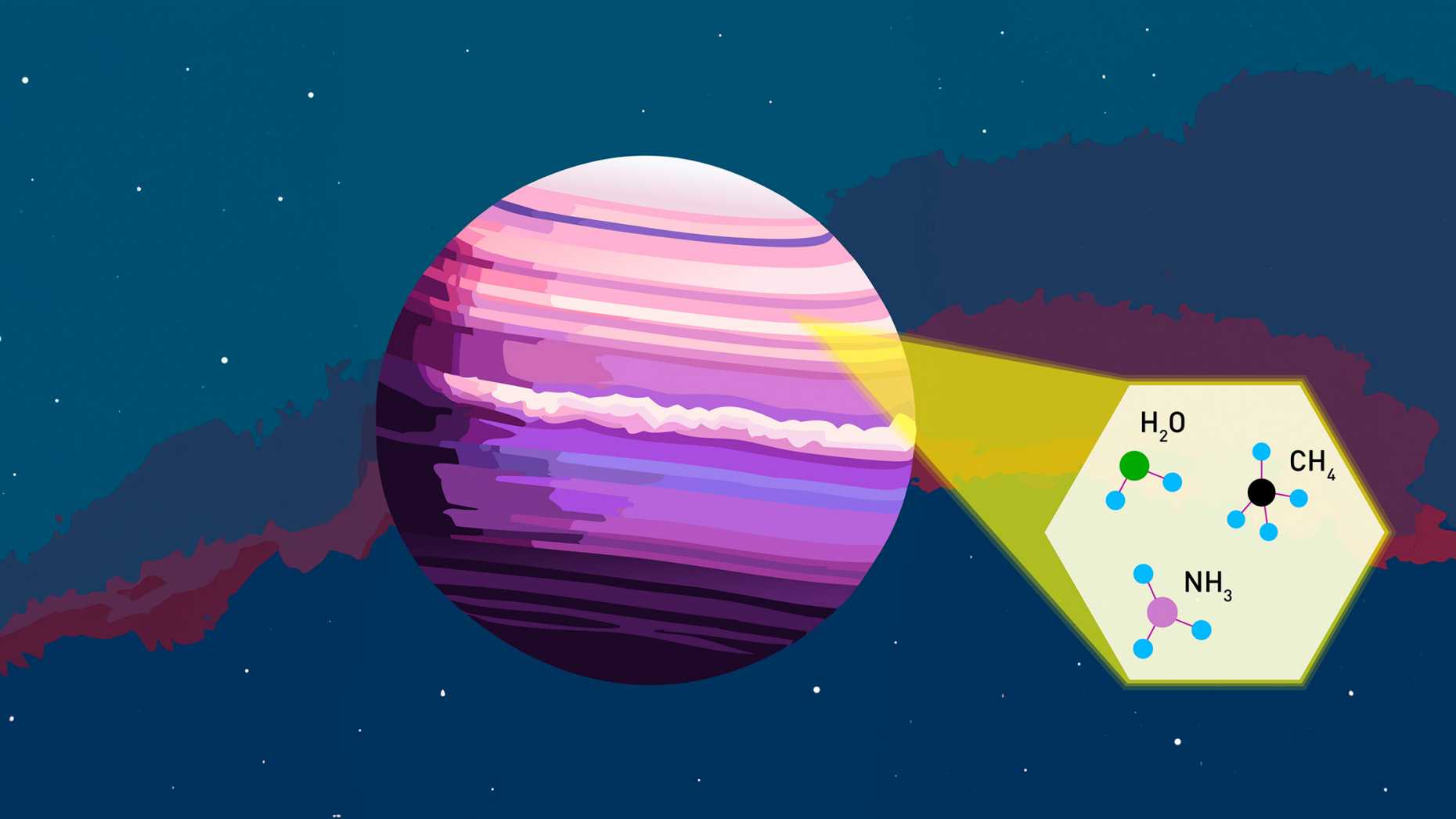Highlights
What's at stake in high-energy particle physics

As particle physicists envision the future of their discipline, one point is clear: there's much potential for exploration and discovery beyond the Standard Model.
A dictionary for phonons

Researchers at ETH Zurich have contributed to an overview article that establishes a common language for phonon research and defines precisely what kinds of angular momentum-carrying phonons can exist in solid-state materials.
How to raise a quantum Fermi gas experiment

In the Institute for Quantum Electronics, the Lattice Lab has been running for over two decades without significant interruptions, consistently pushing the boundaries of what can be learned from an ultracold fermionic gas trapped in an optical lattice.
Vacuum fields break into materials engineering

Researchers have shown how electronic correlations in two-dimensional materials can be manipulated through electromagnetic vacuum field fluctuations in a cavity, opening new possibilities for materials research with cavity quantum electrodynamics.
Elementary-particle detectors, 3D printed

An international collaboration headed by researchers in the Department of Physics has shown that additive manufacturing offers a realistic way to build large-scale plastic scintillator detectors for particle physics experiments.
Measuring cosmic distances to understand the expanding universe

The group of Professor Alexandre Refregier uses the data collected by ambitious surveys to work out the nature of dark matter, dark energy and our expanding universe.
Nonlinearity makes photonic neural networks smarter

Researchers in the Institute for Quantum Electronics have produced the core processing unit of a photonic neural network in which optical nonlinearity plays a key role in making the network more powerful.
Superfluid surprise

Researchers from the Institute for Quantum Electronics and the Quantum Center studied particle and entropy flows between two connected superfluid reservoirs and found unexpected evidence of irreversible and enhanced entropy transport.
Long live the graphene valley state

Researchers in the Laboratory for Solid State Physics at ETH Zurich found evidence that bilayer graphene quantum dots may host a promising new type of quantum bit based on so-called valley states.
An ammonia trail to exoplanets

With the help of the James Webb Space Telescope, a team of researchers including members from the Institute for Particle Physics and Astrophysics at ETH Zurich measured ammonia in the atmosphere of a cold brown dwarf, showing that the isotopic abundance of ammonia can be used to study how giant gas planets form.